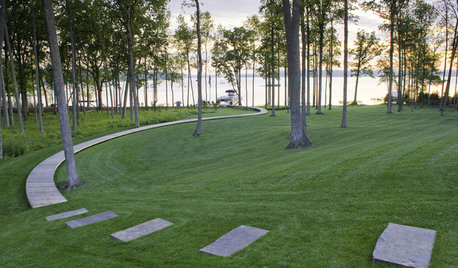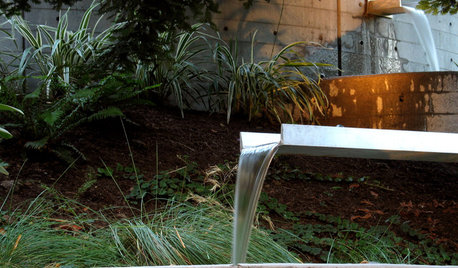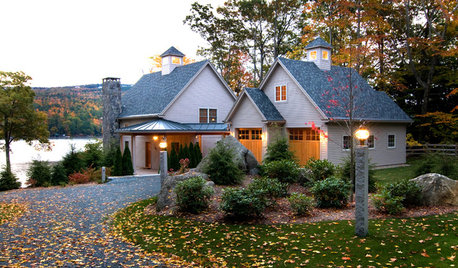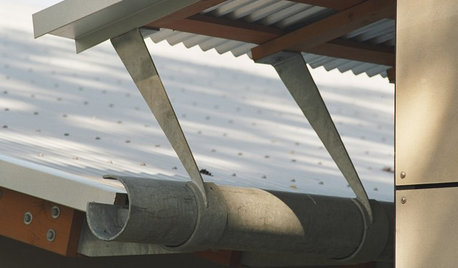Ready to give up on organic gardening!
liselotte
13 years ago
Related Stories

GARDENING GUIDESGive Your Turf the Fall Tune-up It Deserves
Treat your battered lawn to a little TLC this fall, and it will reward you with lush, healthy grass come spring
Full Story
KITCHEN DESIGNGet Your Kitchen ‘Bake Off’ Ready
Make it easy to whip up a cake or a batch of cookies with these tips for organizing your space
Full Story
LANDSCAPE DESIGNGive Your Garden an Industrial Edge
Create intriguing contrast by borrowing from the factory to dress up your organic setting
Full Story
LIFEReady Your Home for Fall to Savor the Season More
Settle into the pleasures of autumn with a home that's prepped, organized and full of seasonal delights
Full Story
DECORATING GUIDESBring in da Funk: How Humble Touches Give a Home Soul
Shake up expectations and stir up interest with pieces that show patina, create contrast or offer a jolt of surprise
Full Story
DECORATING GUIDES5 Ways to Get Your Home Ready for the New Year
Give your home a practical checkup for a fresh start to 2012
Full Story
DECORATING GUIDESSail Through Special Occasions With a Ready, Gracious Home
Smile serenely in the face of impromptu parties, unexpected guests and last-minute gift giving with these ideas for preparing now
Full Story
GARDENING AND LANDSCAPING21 Patios Ready to Party
Mix up some margaritas and break out the barbecue sauce. Outdoor party season is upon us, and these patios show how to do it right
Full Story
ENTERTAINING10 Ways to Get Your Kitchen Ready for the Holidays
No need to get nervous about your big holiday party — with a little prep, the get-together will be a breeze
Full Story
GREEN BUILDINGOff the Grid: Ready to Pull the Plug on City Power?
What to consider if you want to stop relying on public utilities — or just have a more energy-efficient home
Full Story








Embothrium
dottyinduncan
Related Professionals
Wrentham Landscape Architects & Landscape Designers · Middletown Landscape Contractors · Davis Landscape Contractors · Franklin Landscape Contractors · Lemoore Landscape Contractors · Oak Forest Landscape Contractors · Camp Springs Landscape Contractors · Coram Fence Contractors · Gainesville Fence Contractors · Hoffman Estates Fence Contractors · Holbrook Fence Contractors · Killeen Fence Contractors · Palm Harbor Fence Contractors · Sacramento Fence Contractors · Tulsa Fence Contractorslilydude
grrrnthumb
lilydude
barbe_wa
ian_wa
liselotteOriginal Author
reg_pnw7
lilydude
barbe_wa
project_sideways
briergardener_gw
George Three LLC
schizac
hemnancy
Embothrium
liselotteOriginal Author
George Three LLC
Embothrium
hemnancy
Embothrium